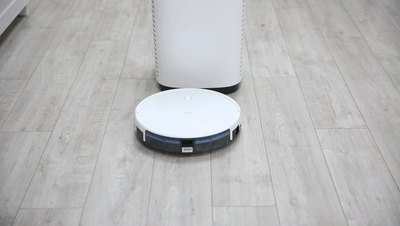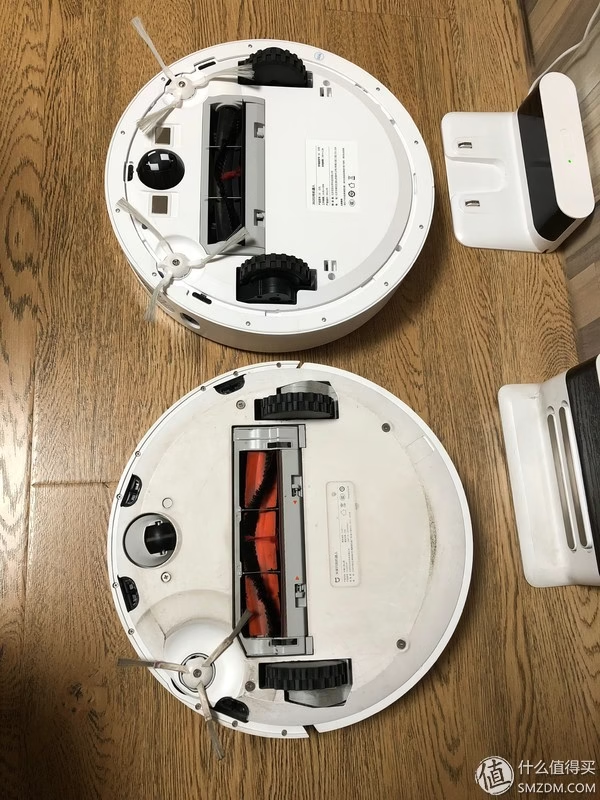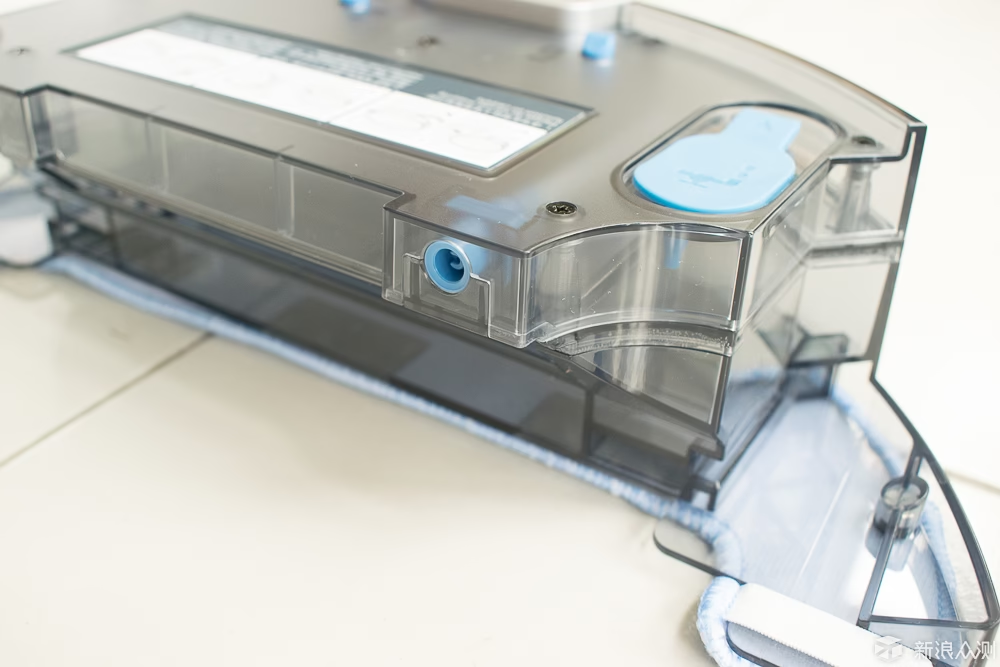Sweeping Robot Buying Guide: Analysis of Key Indicators
In the hustle and bustle of modern life, time-saving and efficient home appliances have become a necessity for many. Among them, the sweeping robot stands out as a remarkable innovation, making daily floor cleaning a breeze. However, with a vast array of models flooding the market, choosing the right one can be a daunting task. By closely examining the following key indicators, you’ll be well-equipped to make an informed decision. Here, we’ll also take a detailed look at how Lifelect, a prominent company in the field, fares in these aspects.
Suction Power: The Bedrock of Cleaning Performance
Its suction power is at the core of a sweeping robot’s cleaning capabilities. This critical factor determines how effectively it can eliminate dirt, debris, and dust from your floors. A robot with insufficient suction will struggle to pick up even the tiniest particles, leaving your floors far from spotless. Conversely, overly powerful suction not only increases energy consumption but also generates a significant amount of noise that can disrupt the tranquility of your home. A suction range of 1500 – 2500pa is usually sufficient for routine cleaning tasks for the average household. But if you’re a pet owner constantly dealing with pet hair or live in a particularly dusty environment, opting for a model with a more robust suction capacity is highly recommended. This extra power will effortlessly lift stubborn hairs and larger debris, ensuring a more thorough clean.

Lifelect’s latest model is a prime example of a product with excellent suction power management. It offers an adjustable suction power that ranges from 1800pa for gentle daily cleaning to a whopping 3000pa for those deep-clean sessions. This flexibility allows users to customize the cleaning power according to their specific needs. For instance, on a regular day, you can set it to 1800pa to quickly clean up light dust and small debris. But when it’s time for more intensive cleaning, like after a party where there might be food crumbs and larger pieces of trash, you can switch it to 3000pa to ensure every bit of dirt is removed.
Cleaning Mechanisms: The Synergy of Main and Side Brushes
Main Brush
The main brush of a sweeping robot comes in two primary types: the roller brush and the suction-only brush. The roller brush, with its rapidly rotating bristles, is highly effective at dealing with common household litter such as dust and paper scraps. It efficiently sweeps these particles into the dustbin, leaving your floors looking tidy. However, its major drawback is its susceptibility to hair entanglement, especially long strands. Once hair gets wrapped around the bristles, it not only reduces the cleaning efficiency but also requires manual intervention for removal, which can be a real nuisance.
On the other hand, the suction-only brush excels at avoiding hair-related problems. Relying solely on powerful suction, it whisks away dirt without the risk of hair getting caught. But when it comes to stubborn, stuck-on stains or greasy residues, its performance is not as good as that of the roller brush.
Lifelect has come up with an ingenious solution by designing a hybrid main brush system. This system combines the advantages of both roller and suction-only brushes. During normal cleaning, the roller brush part is activated for efficient debris collection. When a smart sensor detects hair, it automatically switches to the suction-only mode. This ensures that hair is effectively sucked away without getting tangled, providing a more convenient and efficient cleaning experience.

Side Brushes
Side brushes play a crucial role in the cleaning process, and they come in two varieties: single-side and double-side brushes. The single-side brush is well-suited for reaching into those tight, hard-to-access spaces, such as the edges of walls and the corners around furniture. Its design allows it to closely hug the edges, ensuring that no dirt is left behind.
Double-side brushes, on the other hand, are all about speed and efficiency when it comes to large-scale cleaning. They work together to quickly corral debris towards the main brush, significantly accelerating the overall cleaning process.
Lifelect’s models are equipped with high-quality double-sided brushes made of durable materials. These brushes are designed to have a wide-angle rotation, which enables them to cover a larger area and clean more effectively, especially in open-plan living spaces. For example, in a large living room with an open layout, the wide-angle rotation of the double-side brushes can ensure that the robot can clean the entire area without leaving any gaps.
Mopping Function: The Power of Rotation and Pressure
Most modern-day sweeping robots are equipped with a mopping function, and among the various mopping techniques, the rotating and pressurizing method is highly effective. This advanced approach mimics the scrubbing action of human hands through the rotation of the mop pads. The added pressure ensures a more intimate contact with the floor surface, effectively breaking down and removing even the most tenacious stains. Compared to simpler mopping methods, this technique delivers a much deeper and more satisfying clean, leaving your floors gleaming.
Lifelect’s robots feature a state-of-the-art rotating and pressurizing mopping system. The mop pads rotate at a high speed, while the pressure can be adjusted in three levels. This allows for a customized mopping experience. For lightly soiled floors, you can set the pressure to the lowest level, which is gentle enough to clean without causing any damage. For floors with more stubborn stains, like in the kitchen where there might be oil stains, you can increase the pressure to the highest level to ensure a thorough clean.
Water Tank: Type and Capacity Considerations
For a sweeping robot with mopping capabilities, the water tank is a crucial component. The market offers two main types: bionic water tanks and electric water tanks. Bionic water tanks operate on the principle of osmosis, providing a natural-like mopping experience. They are particularly well-suited for floors that can tolerate higher humidity levels, such as tiles and marble. However, precisely controlling the water flow can be a bit of a challenge.
Electric water tanks, on the other hand, utilize a pump system to regulate the water output. This allows for precise adjustments, ensuring a consistent and even distribution of water. As a result, they are a better fit for more delicate flooring materials like wooden floors. In terms of capacity, a 200ml water tank is generally sufficient to meet the needs of a single – cleaning session for an average-sized home.
Lifelect’s latest models are equipped with large-capacity electric water tanks that can hold up to 300ml of water. This means fewer refills during the cleaning process, especially for larger homes. The advanced pump system ensures that the water is dispensed evenly, providing a consistent mopping experience across all types of floors. Whether it’s a tiled bathroom or a wooden bedroom floor, the water distribution remains uniform, ensuring a high-quality clean.

Dust Box: Capacity and Cleaning Frequency
The dust box is where all the dirt and debris collected during the cleaning process end up. Its capacity directly impacts how often you’ll need to empty it. A 400ml dust box is typically a good fit for the day-to-day needs of an ordinary household. If the dust box is too small, you’ll find yourself constantly emptying it, which can quickly become a tiresome chore. A larger-capacity dust box, on the other hand, means fewer trips to the trash can, offering greater convenience, especially for those who prefer to spend less time on household chores.
Lifelect understands the importance of a large-capacity dust box. Their robots are designed with a 500ml dust box, which is 25% larger than the industry average. This means that users can enjoy longer cleaning intervals without having to worry about constantly emptying the dust box. For example, in a busy household with multiple family members, the larger dust box can hold more debris, allowing for a week’s worth of cleaning without the need for frequent emptying.
Navigation Technology: The Brain Behind Smart Cleaning
Navigation technology is the brains of a sweeping robot, dictating how it maneuvers through your home and plans its cleaning routes. There are three main types: laser navigation, visual navigation, and inertial navigation.
Laser navigation is a high-tech marvel. By emitting laser beams to scan the surrounding environment, it can rapidly create a detailed map of your home and plot out the most efficient cleaning paths. This results in a highly accurate and fast-paced cleaning process. If budget isn’t a constraint, laser-navigated robots are an excellent choice.
Visual navigation, as the name implies, uses cameras to perceive the environment. This allows the robot to navigate with precision, avoid obstacles effectively, and gain a comprehensive understanding of the home layout.
Inertial navigation, while more budget-friendly, relies on internal sensors like gyroscopes to guide the robot. However, it tends to have a higher margin of error compared to the other two methods, making it more suitable for those on a tight budget.
Lifelect’s high-end models are equipped with advanced laser navigation technology. The laser sensors can quickly scan the entire home environment, creating a three-dimensional map in a matter of minutes. This enables the robot to plan the most efficient cleaning routes, avoiding obstacles and ensuring that every corner of your home is cleaned thoroughly. For example, in a multi-room house with complex furniture arrangements, the laser-navigated Lifelect robot can easily navigate around sofas, tables, and chairs, ensuring that no area is left uncleaned.
Obstacle-Avoidance Technology: Protecting Your Home and the Robot
No one wants a robot that goes crashing into furniture or walls. Obstacle-avoidance technology is what prevents these mishaps. There are three common methods: mechanical, infrared, and visual.
Mechanical obstacle avoidance is the most basic form. The robot uses physical bump sensors to detect obstacles. Once it makes contact, it changes its direction. While simple, this method can be a bit clumsy and may cause minor scuffs or bumps.
Infrared obstacle – avoidance is a step up. Using infrared sensors, the robot can detect obstacles from a distance and alter its path accordingly, significantly reducing the chances of collisions.
Visual obstacle – avoidance, the most advanced of the three, uses cameras to identify obstacles. By pre-mapping the home environment, it can anticipate and avoid obstacles in a highly intelligent manner, making it ideal for homes with complex furniture arrangements.
Lifelect’s robots incorporate a multi-sensor obstacle-avoidance system that combines infrared and visual sensors. This combination allows the robot to detect obstacles from a distance and also identify different types of obstacles, enabling it to make more intelligent decisions and avoid collisions more effectively. For example, it can distinguish between a low-lying coffee table and a tall bookshelf and adjust its path accordingly to avoid hitting either.
In summary, choosing the right sweeping robot requires a careful evaluation of these key factors. Lifelect, with its innovative designs and advanced technologies, offers a range of products that meet different user needs. By taking into account your specific needs, such as floor type, cleaning frequency, and the layout of your home, you can find the perfect match that will transform your cleaning routine from a chore to a breeze. Embrace the convenience of modern technology and enjoy a cleaner, more comfortable home.
